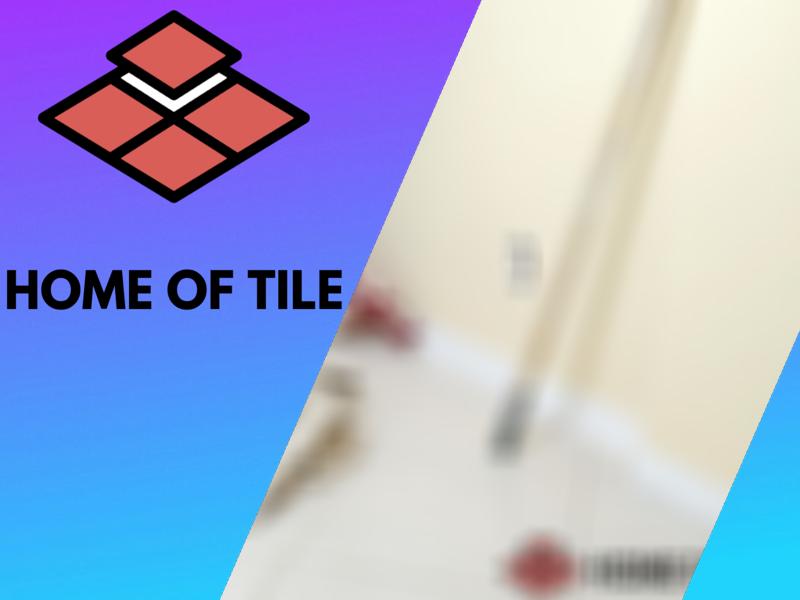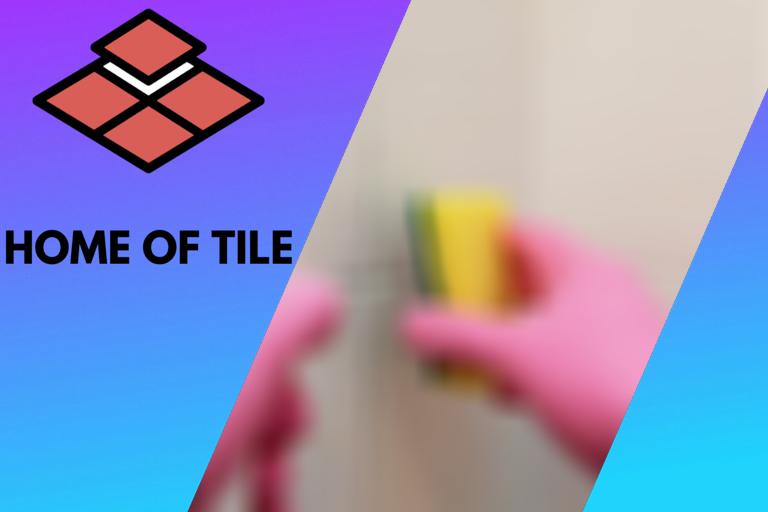Grout or Caulk Where Tile Meets Wall. What the pros say
If you’re working on a tile project, you’ll want to know what materials to use in different circumstances to get the best results. Knowing what to use when you apply tile against the wall will ensure your project lasts as long as possible.
You should use caulk where the tile meets the wall. Caulk is completely waterproof, making it more protective in these areas, while grout is only water-resistant. Caulk prevents moisture from getting under the tiles, which can cause them to fall out. Grout doesn’t protect tiles as well as caulk.

So, caulk is the better option for sealing tile where it meets a wall. This article will cover when and how to use caulk to be the most effective in your tile projects.
Contents
Why Use Caulk for Tile Against the Wall
You must use caulk where the tile meets other surfaces because grout wouldn’t be as effective. It’d also be harder to apply grout since there’s usually a tiny gap between the wall and your tiles. Caulk applicators make it much easier to put material in those small areas, which can be as thin as ⅛ inch (0.32 cm).
Plus, caulk is usually stronger than grout since it consists of acrylic, silicone, or latex (or a mixture of them). That means it can better resist pressure from the wall, so your tiles don’t push together as time goes on.
Grout’s not a flexible material. So, if your house expands during settling, it will press into the grout, causing cracking and tiles to fall out. Caulk, however, is very flexible and can move with pressure from the wall without breaking or hurting the tiles.
In short, you’ll want to use caulk as it’s more effective overall and offers the best protection to your tiles in this area.
How To Best Apply Caulk Between Tiles and a Wall
First, you’ll want to ensure that you leave at least ⅛ inch (0.32 cm) between the tile and your wall. If there’s no gap, the wall will press into the tiles during settling, which could cause much damage over time.
Once your tiles are in the correct place, you can move on with these steps:
- Choose a quality acrylic-latex caulk since it’s very flexible.
- Remove debris from the gap between the tiles and wall with rubbing alcohol and a cloth.
- Scrub the gap with water and let it dry completely.
- Open and load the caulk tube in the caulk gun/applicator.
- Hold the gun/applicator at a 45-degree angle and pull the trigger to apply the material.
- Smooth the caulk with a caulking tool so it’s flat.
- Allow the caulk to cure for at least 24 hours before touching it.
- Apply more caulk if needed and wait another 24 hours.
It helps if you cut the caulk tube’s tip at a slight angle. Doing so makes it easier to apply it precisely along the wall. This quick YouTube tutorial shows how to do it:
Most Effective Caulk Types
There are also multiple caulk types, including acrylic, latex, and silicone. You’ll want to make sure you use acrylic or latex, especially in areas that often come into contact with water. Some products combine the two, which are usually best for these projects.
Acrylic-latex caulk is best when you want to add a pop of color to the wall’s gap. It also creates a reliable seal that offers excellent flexibility, making it great for putting between the wall and tiles.
Silicone caulk doesn’t come in many colors, so you’ll have to choose a neutral shade. It’s very waterproof and best for areas where the tiles connect with sinks or bathtubs.
So, you’ll also want to make sure that you choose a material that suits the area you’re applying it to. Every caulk type has its own specialties and uses, making it essential to consider where you want to put it.
Should You Grout or Caulk Where Tiles Meets Tub?
Many people wonder whether they should use grout or caulk where their tiles meet the edge of their bathtub.
You should use caulk where tiles meet your tub. This area is very at risk of water damage, and grout won’t protect it. Instead, you should use a waterproof caulk inside the gap. Caulk is the much better sealant between the two.
As mentioned above, you need to use caulk anywhere the tiles meet another surface, be it a wall or bathtub. You want the additional protection that this material can offer in those areas. Plus, the tub can expand and contract as it changes temperatures, putting extra pressure on your tiles.
Is Grout or Caulk More Effective With Tile?
Which material is more effective depends on where you’re applying the tiles. If applying all of the tiles in a general area, you should use grout. It prevents the tiles from moving and comes in multiple colors allowing you to choose a color scheme for your tile projects. You generally don’t want to put caulk between the tiles where the grout lines are.
If applying the tiles near another wall, counter, or sink, you should use a caulk line along the area where the tiles meet that surface. The caulk protects the tiles better since it prevents moisture from getting underneath them, making a stronger seal in these weak areas.
Overall, you’ll want to have both caulk and grout on hand for your projects. That way, you can use them where they’re most effective for the best results.
Final Thoughts
To summarize, caulk is the better option when sealing tile that meets a wall. It prevents the edges of the tiles from lifting up and doesn’t let water get underneath them. Moisture can be highly damaging to grout and tiles, so you’ll want to take additional care in these areas.
Overall, grout and caulk both serve different purposes in tile projects. By using both, you can ensure your tile work lasts as long as possible.







